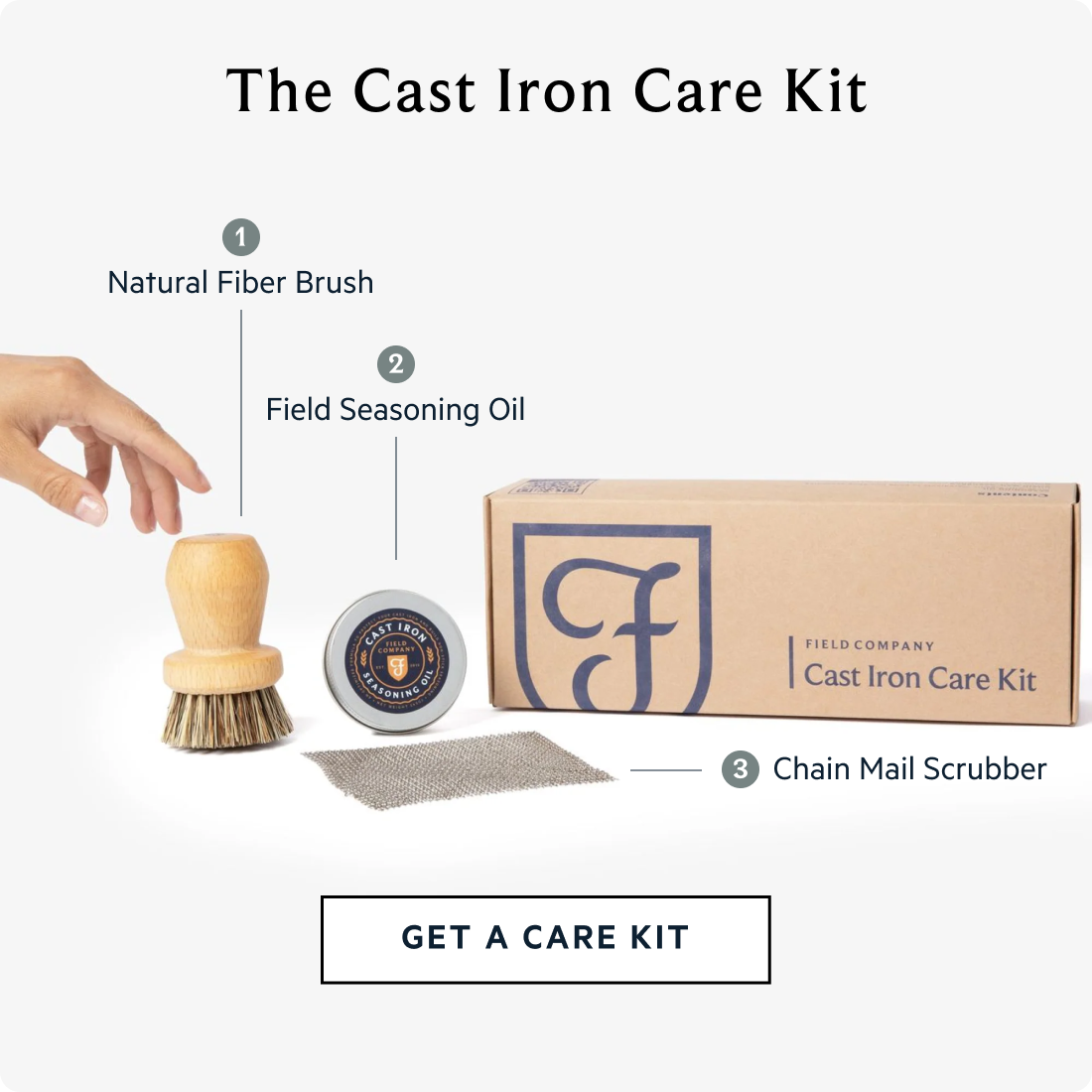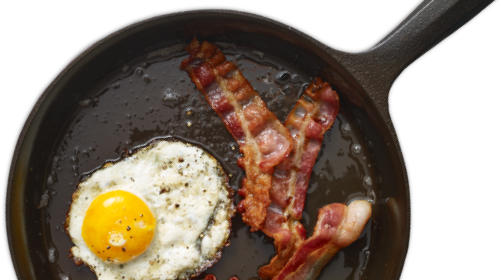Frying fish (or anything really) is one of those things that looks much more complicated than it really is. In practice, it’s fast, easy to scale, and deeply satisfying to watch batter transform from pale to golden in a matter of minutes. With the right pan, it’s also one of the best ways to build seasoning.
Cast iron was made for frying. Once the oil is hot, the pan holds steady heat—even as you drop in cold fish—so the crust stays crisp instead of greasy. Each batch leaves behind a layer of seasoning, making the pan smoother and more nonstick over time. Frying is flavor for the fish and seasoning for the skillet.
The other advantage: cast iron goes anywhere. Set the skillet over the grill to keep the smell of fried fish outside, and you’ll still get the same steady heat and even browning you’d expect indoors.
Serve the fish as-is with malt vinegar, tartar sauce, and fries or stack it high on potato buns, which soak up just the right amount of sauce and stay soft without falling apart. A crowd can polish off a platter in no time, but the recipe scales down easily. The No.12 has room for big batches, while the No.8 or No.6 can handle smaller meals.






